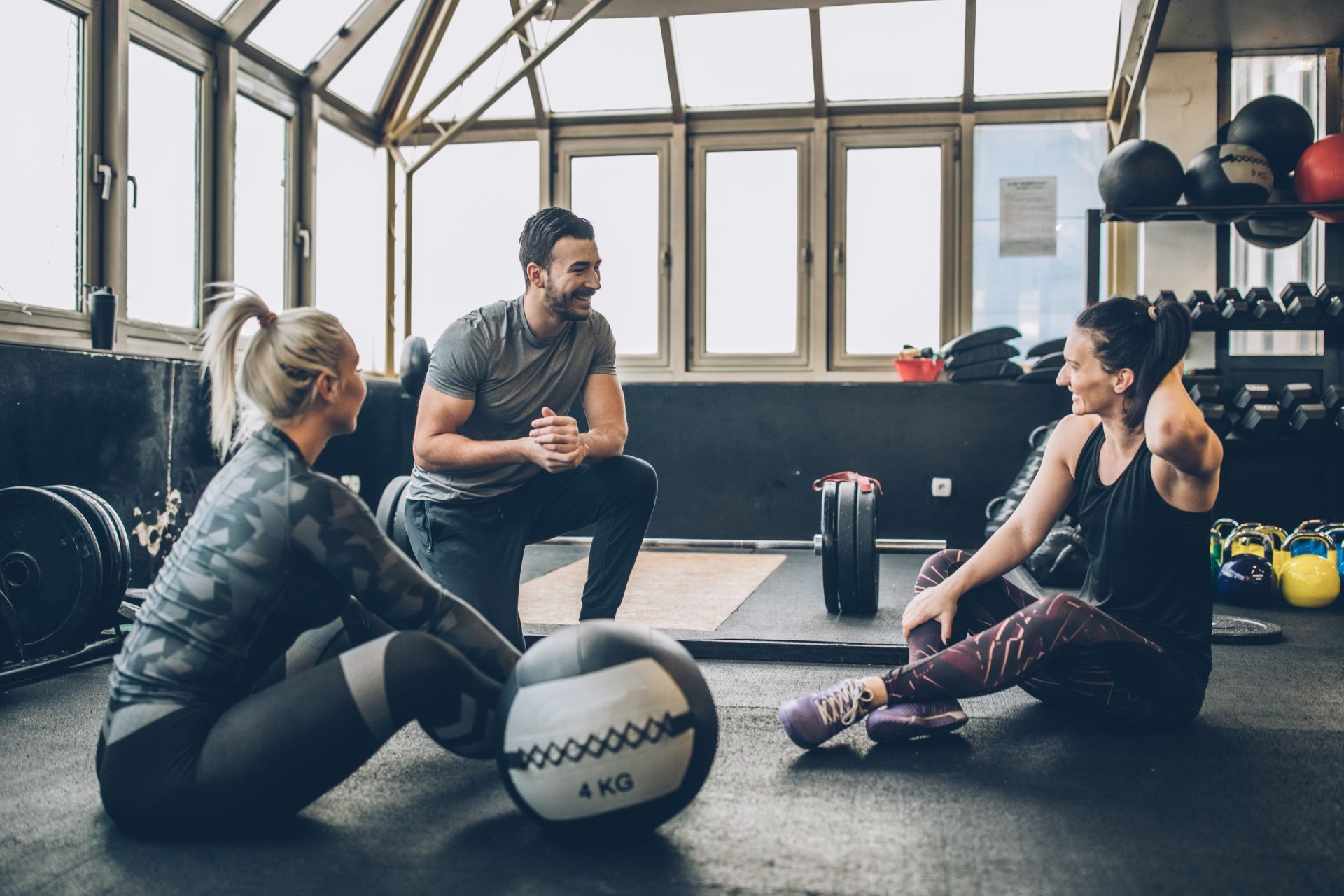Peak Performance Pyramid
How does nutrition impact peak performance in athletes?
Nutrition plays a crucial role in impacting peak performance in athletes. Consuming a well-balanced diet rich in essential nutrients such as carbohydrates, proteins, fats, vitamins, and minerals is vital for providing the energy and nutrients needed for optimal performance. Proper hydration is also key in maintaining peak performance levels, as dehydration can lead to decreased endurance and performance. Additionally, timing of meals and snacks around training sessions and competitions can further enhance an athlete's performance.




